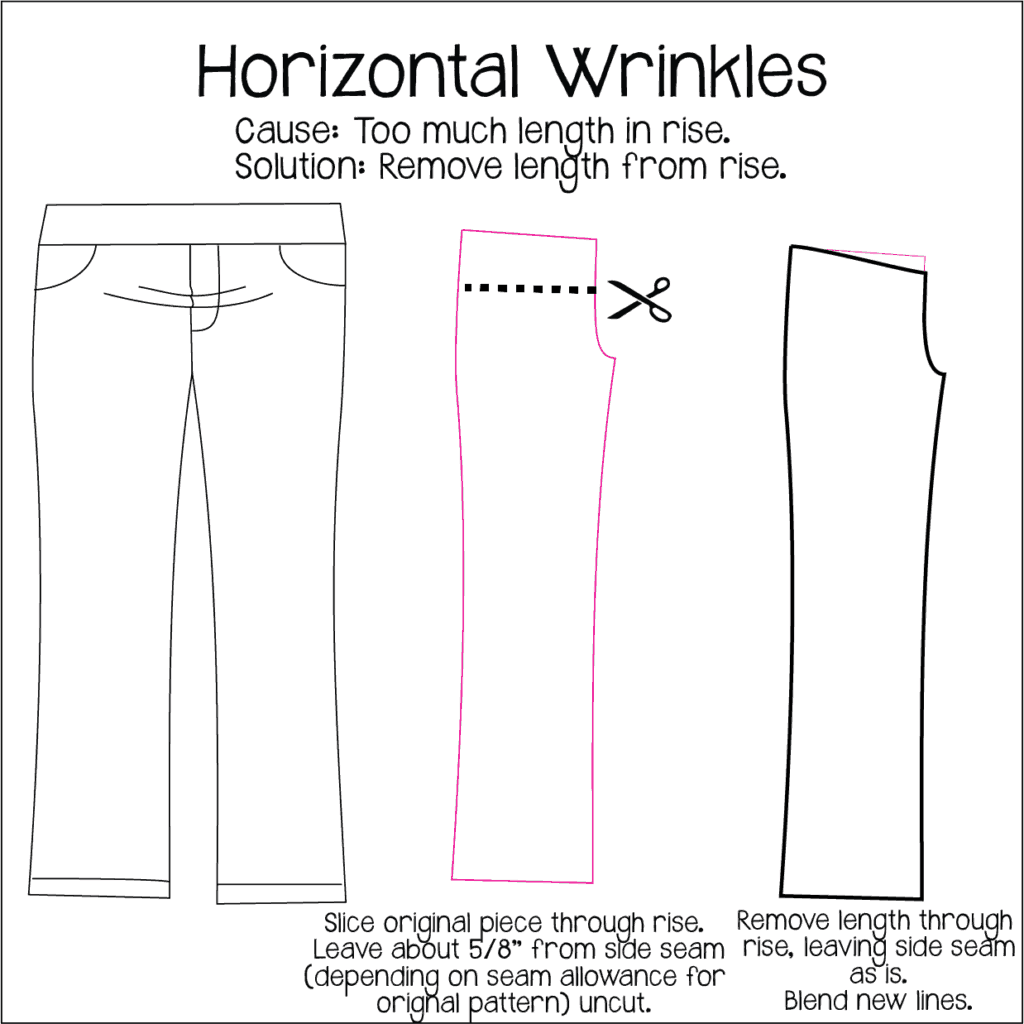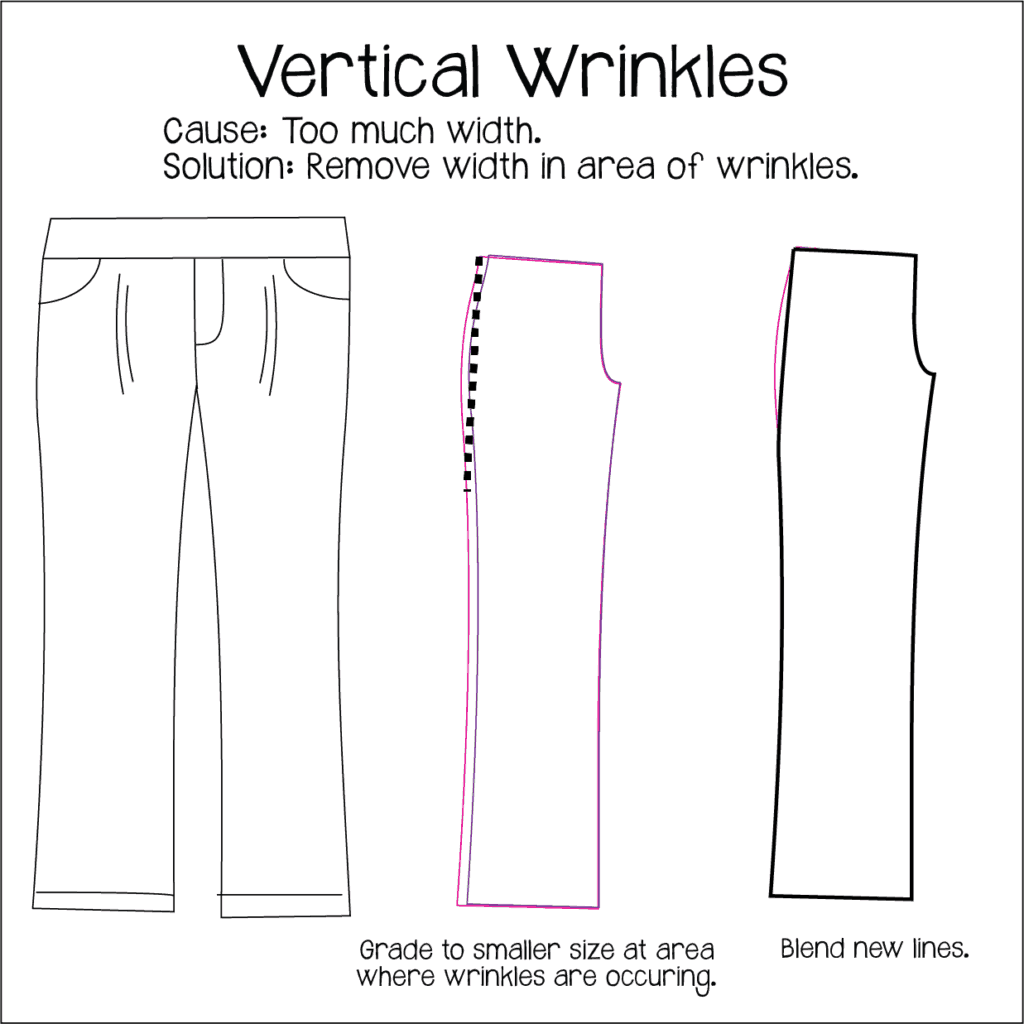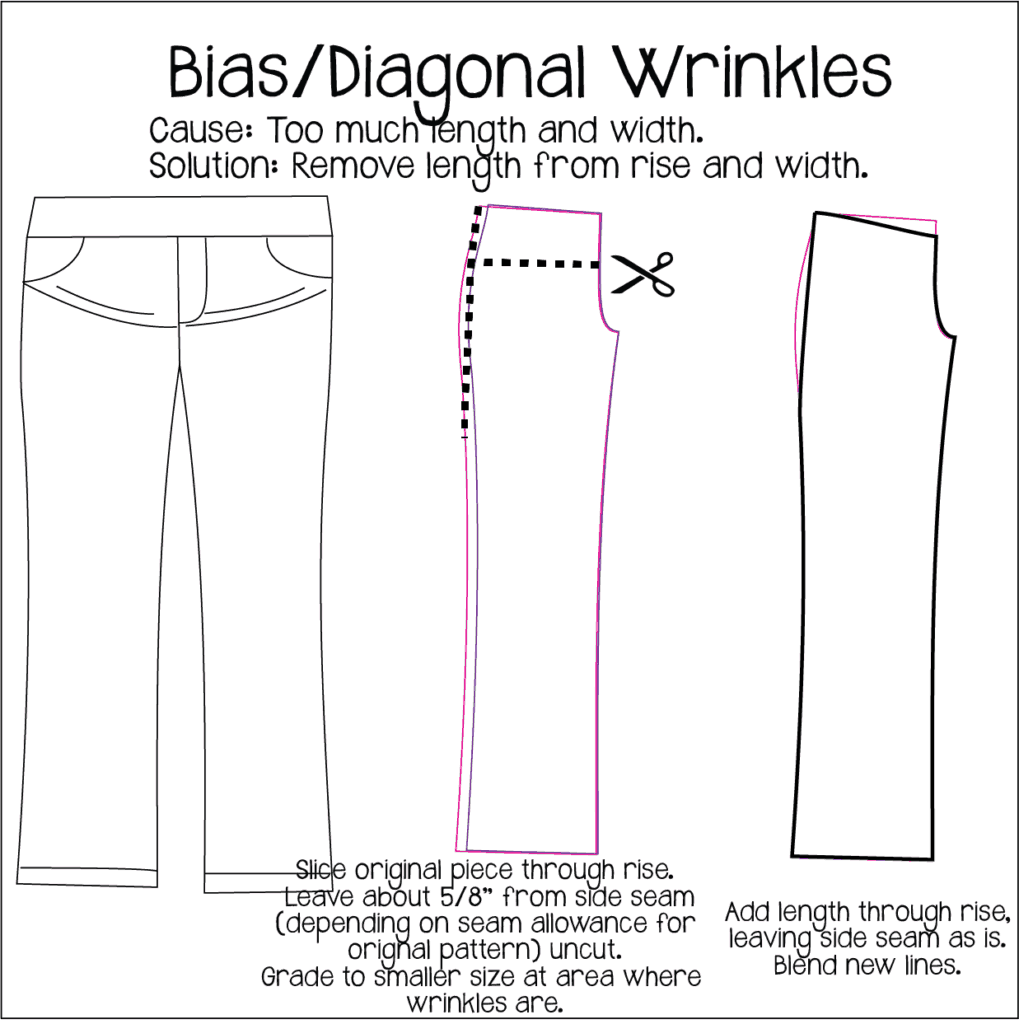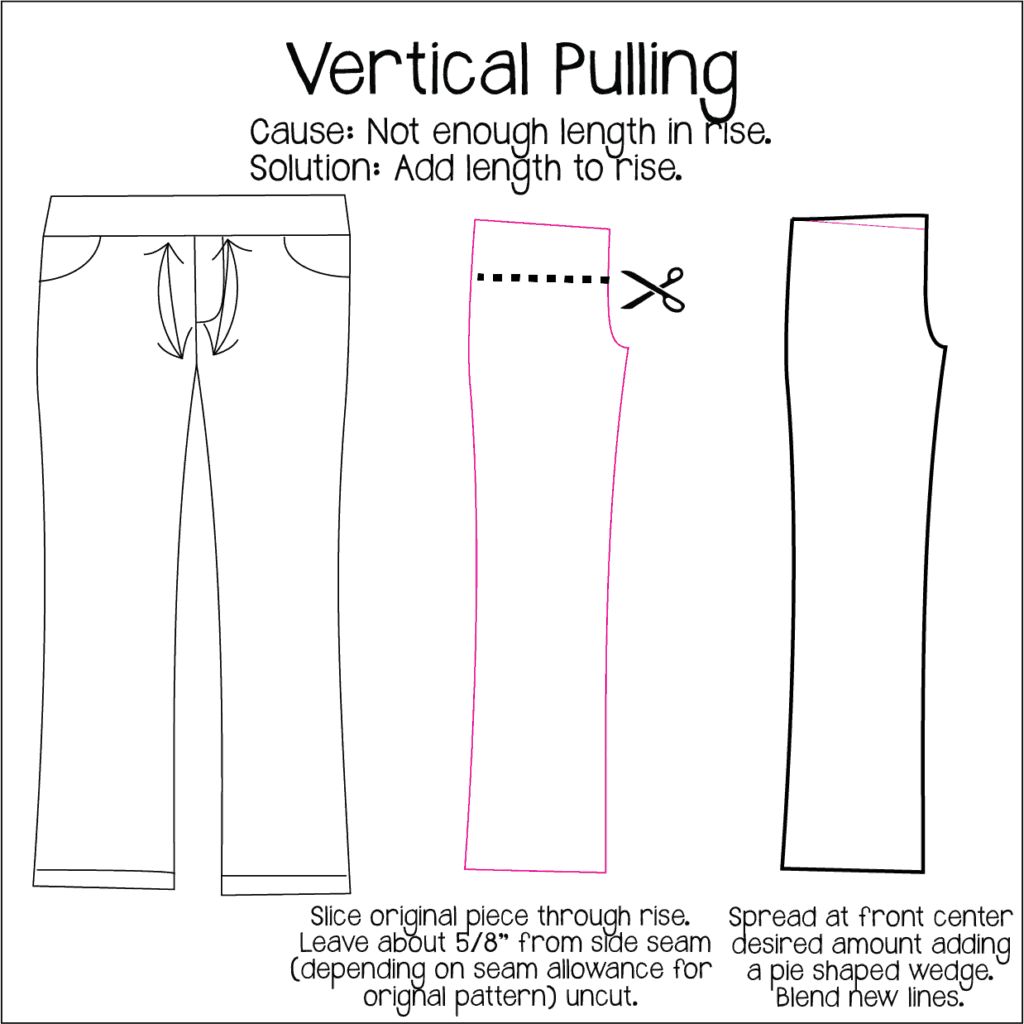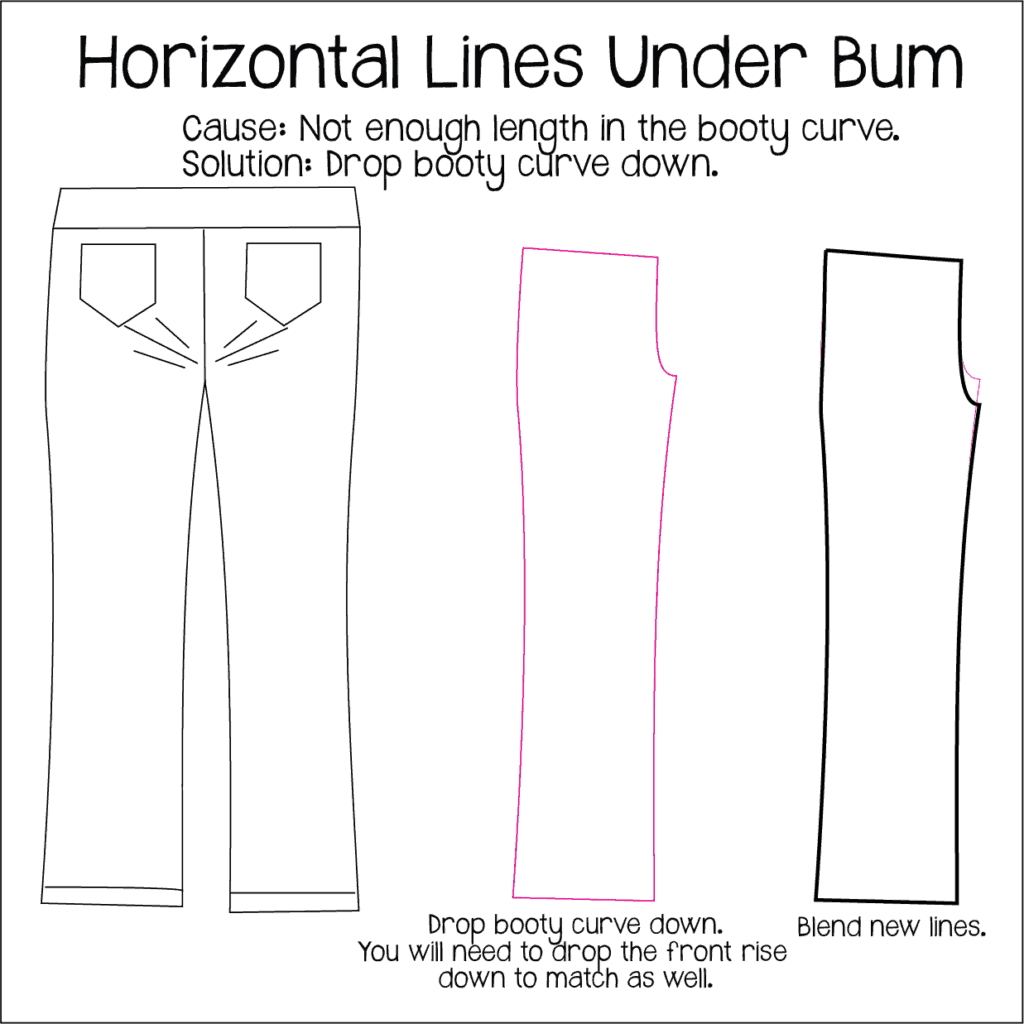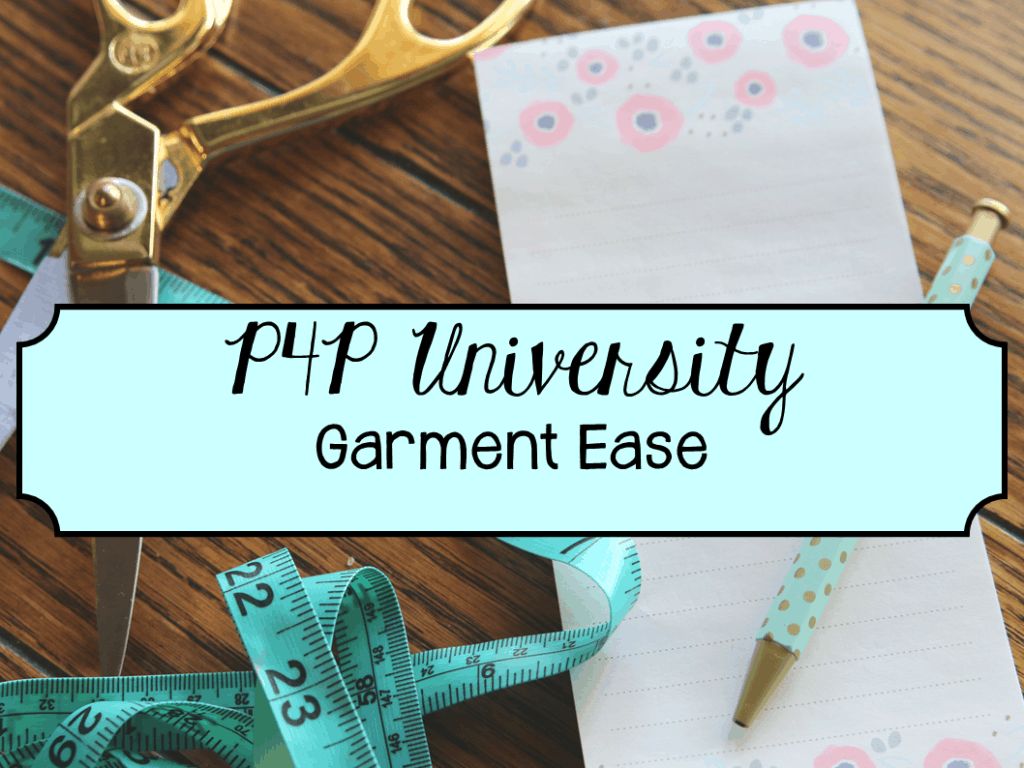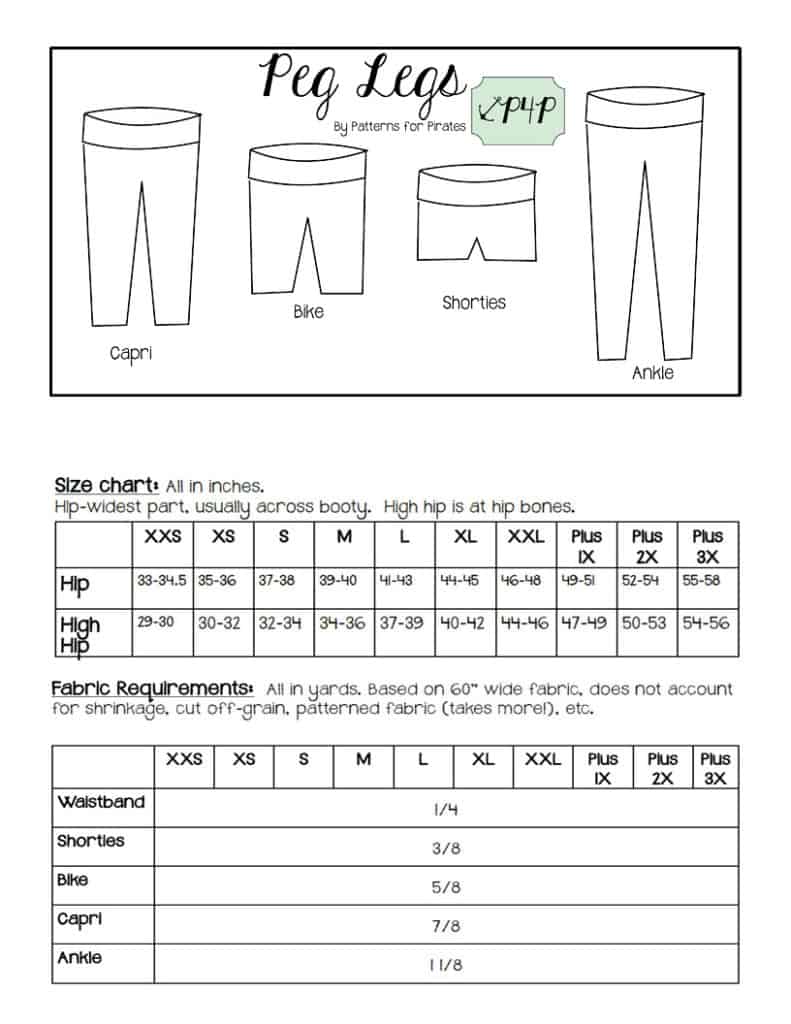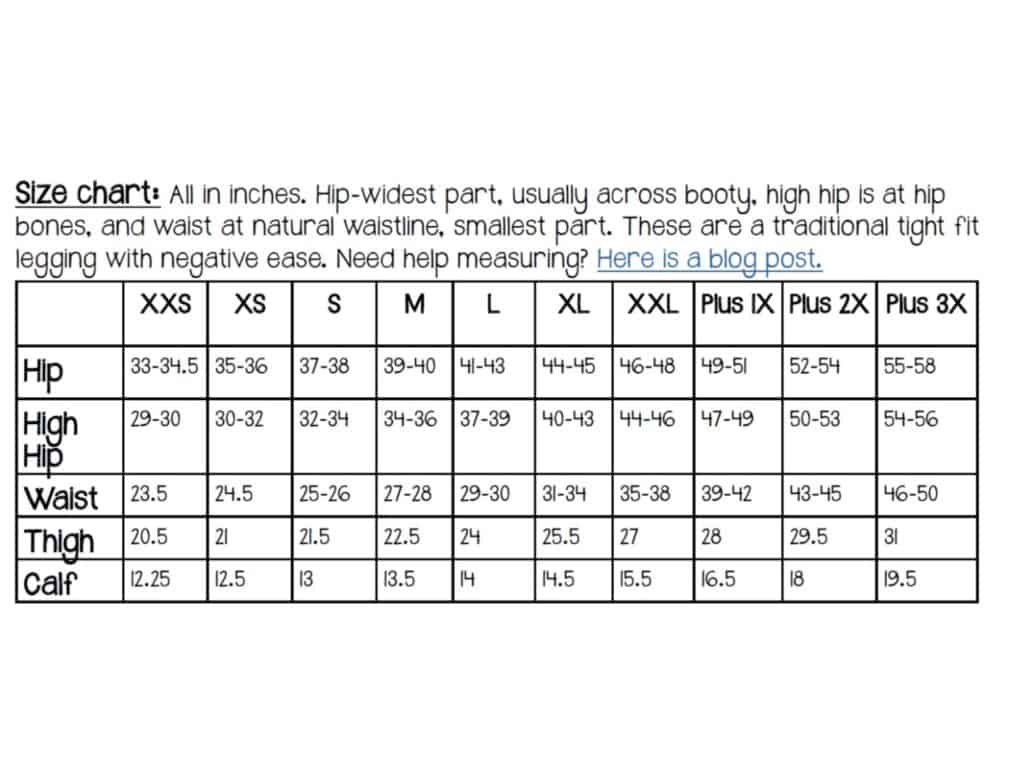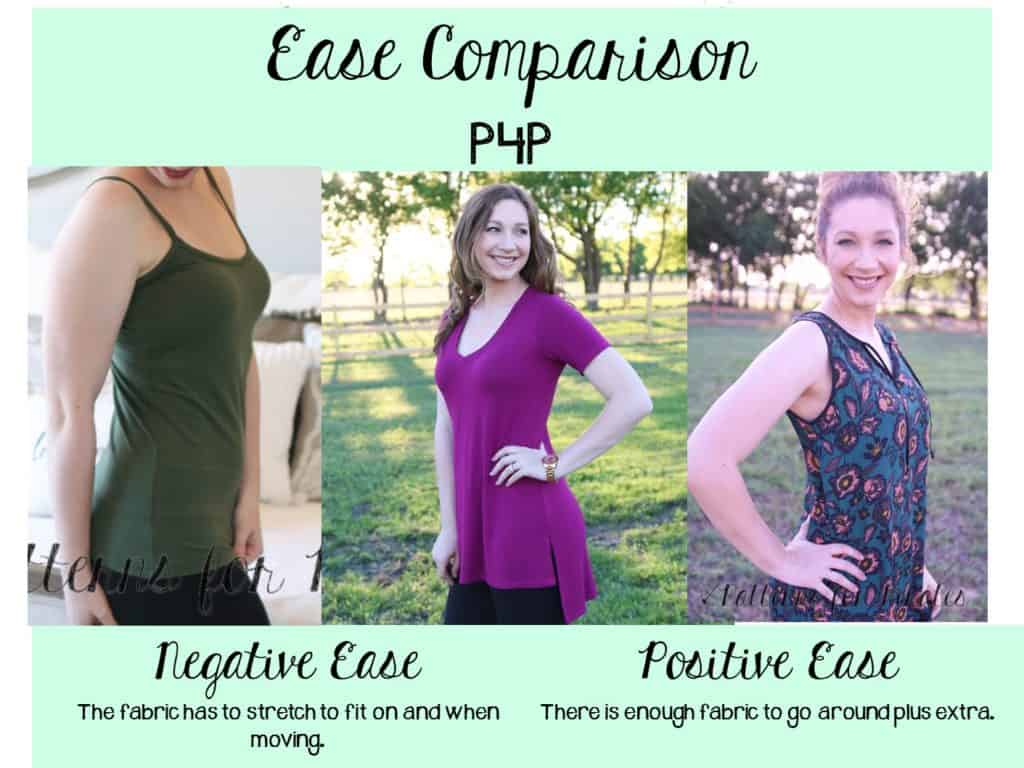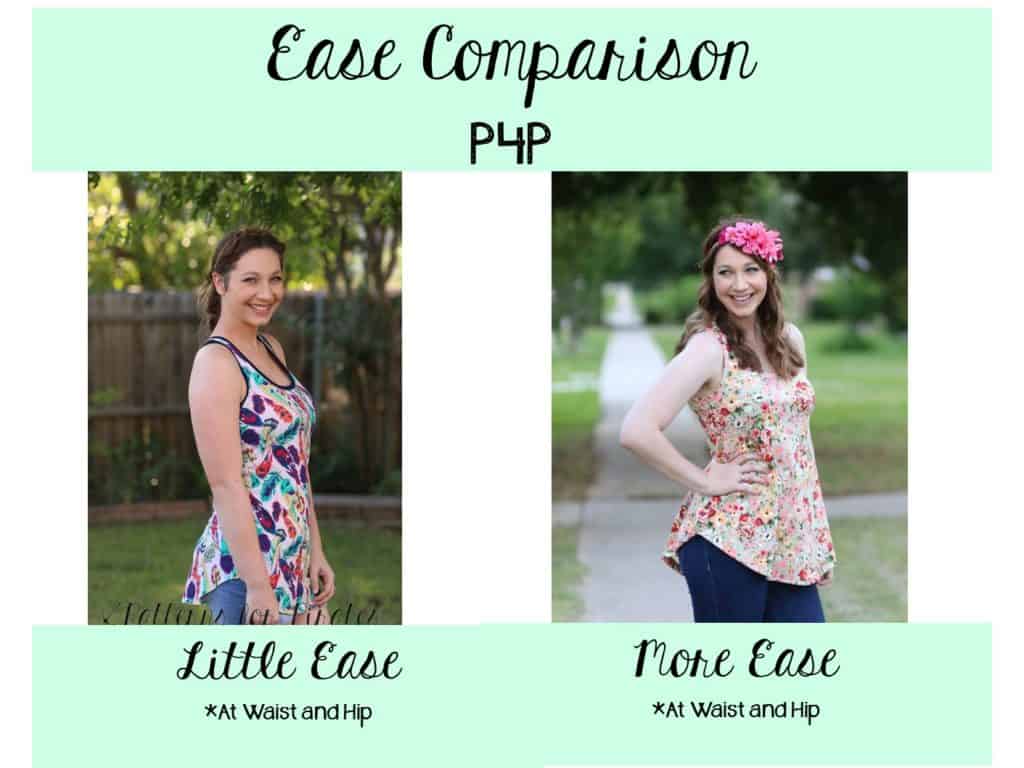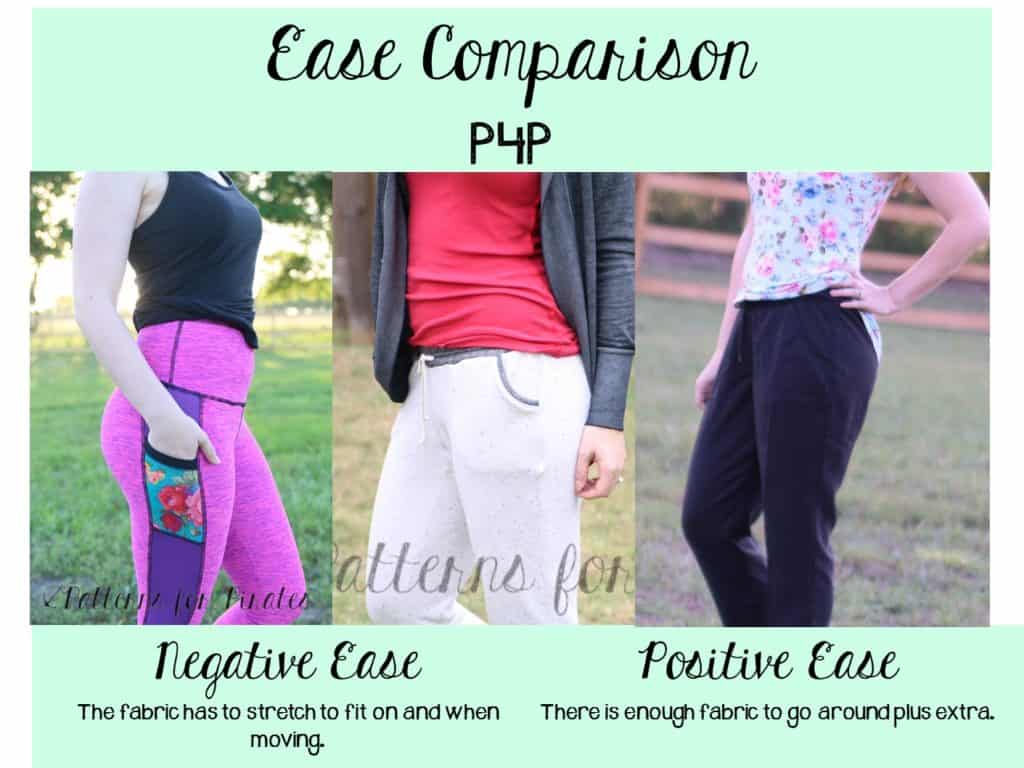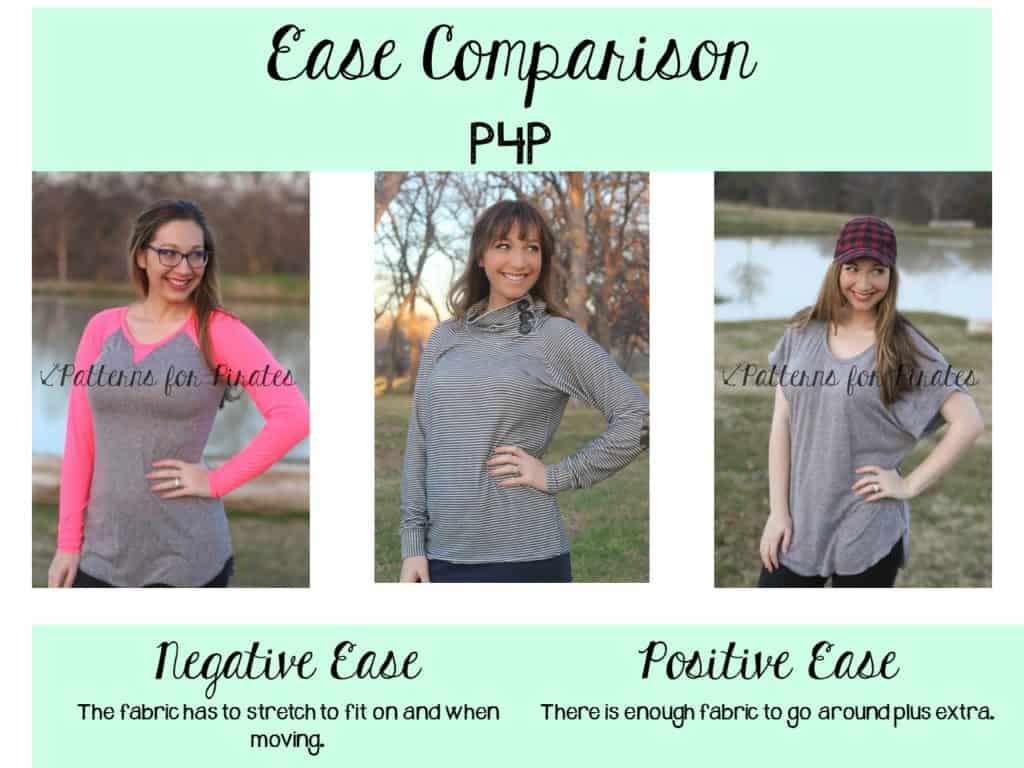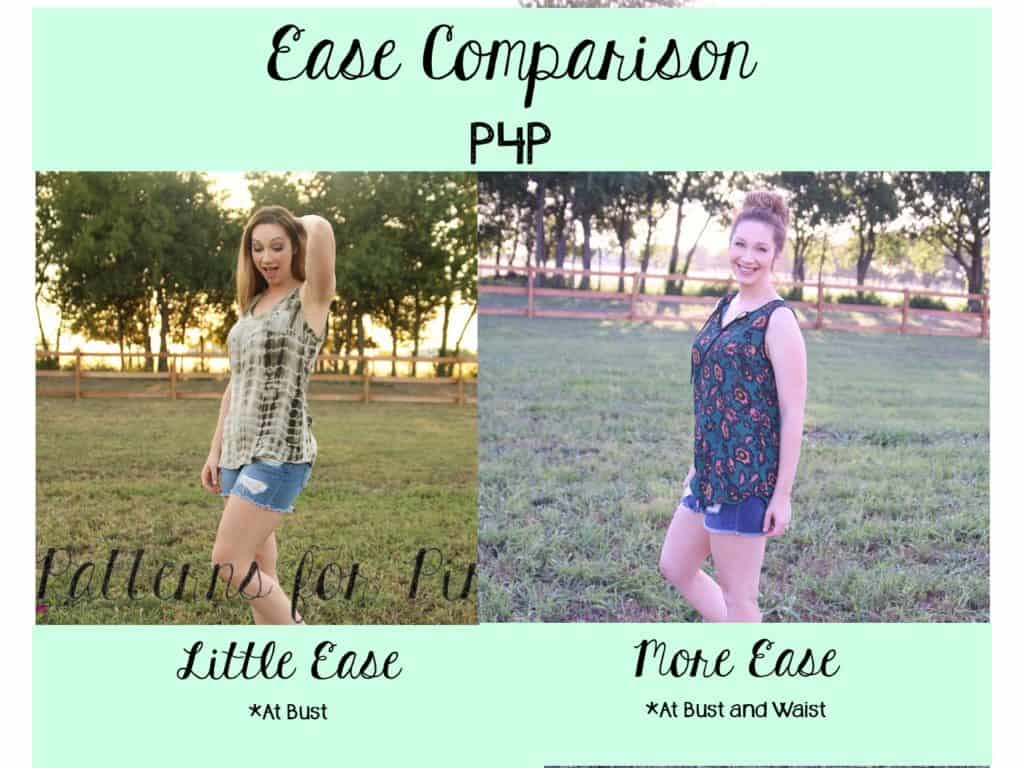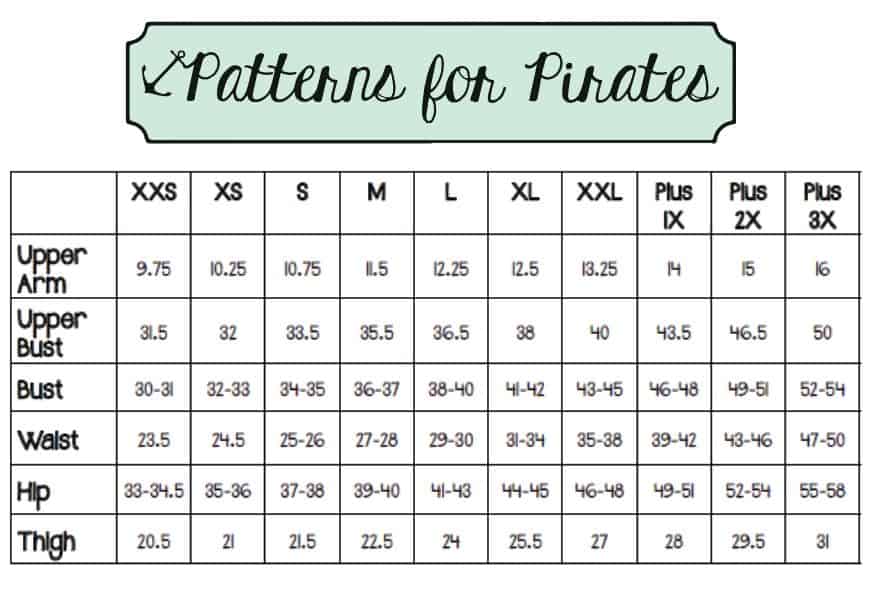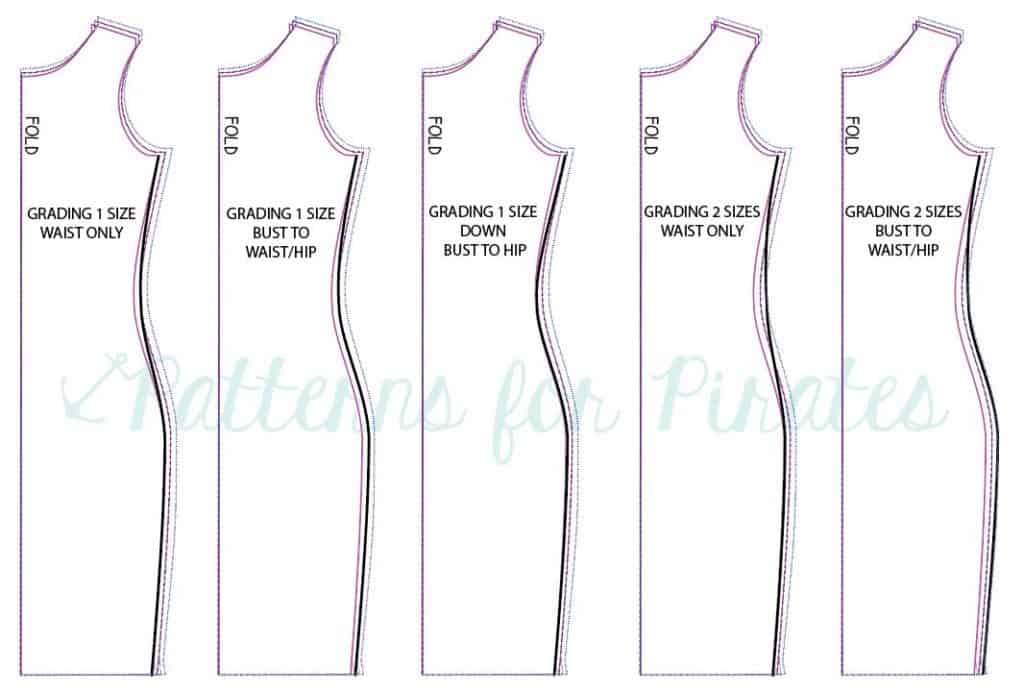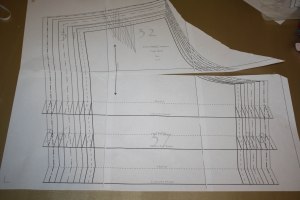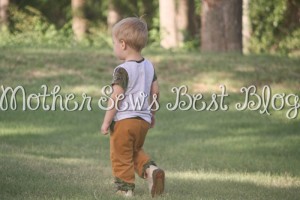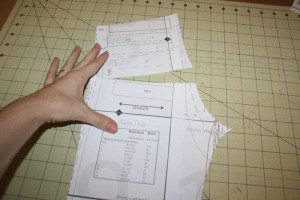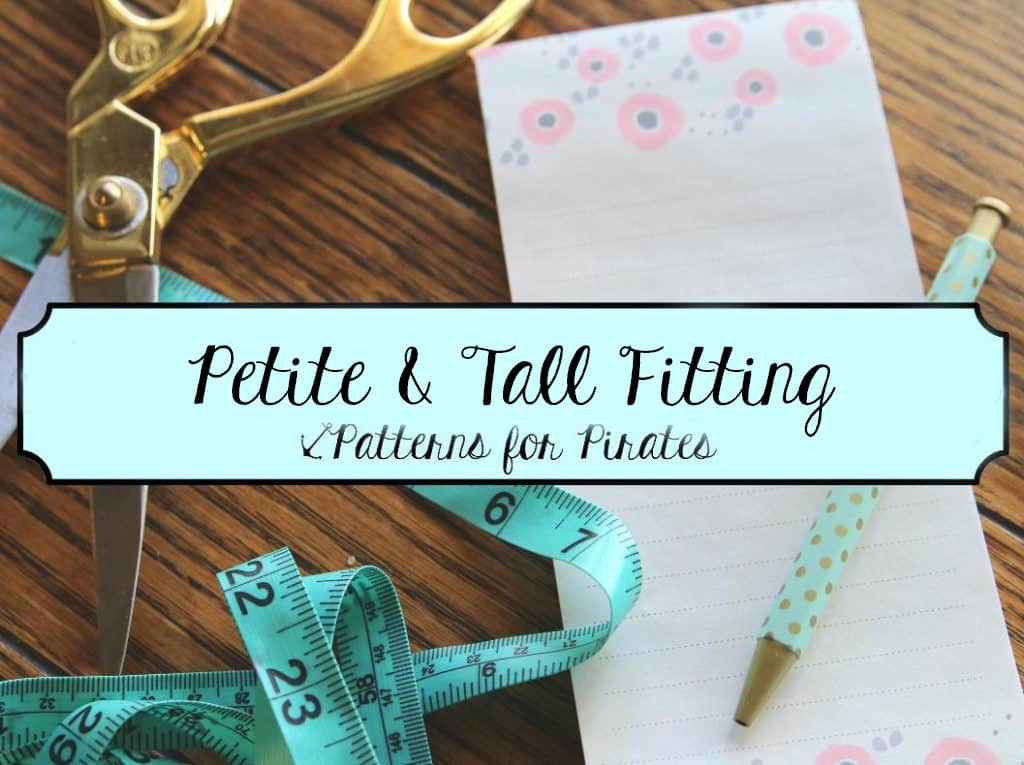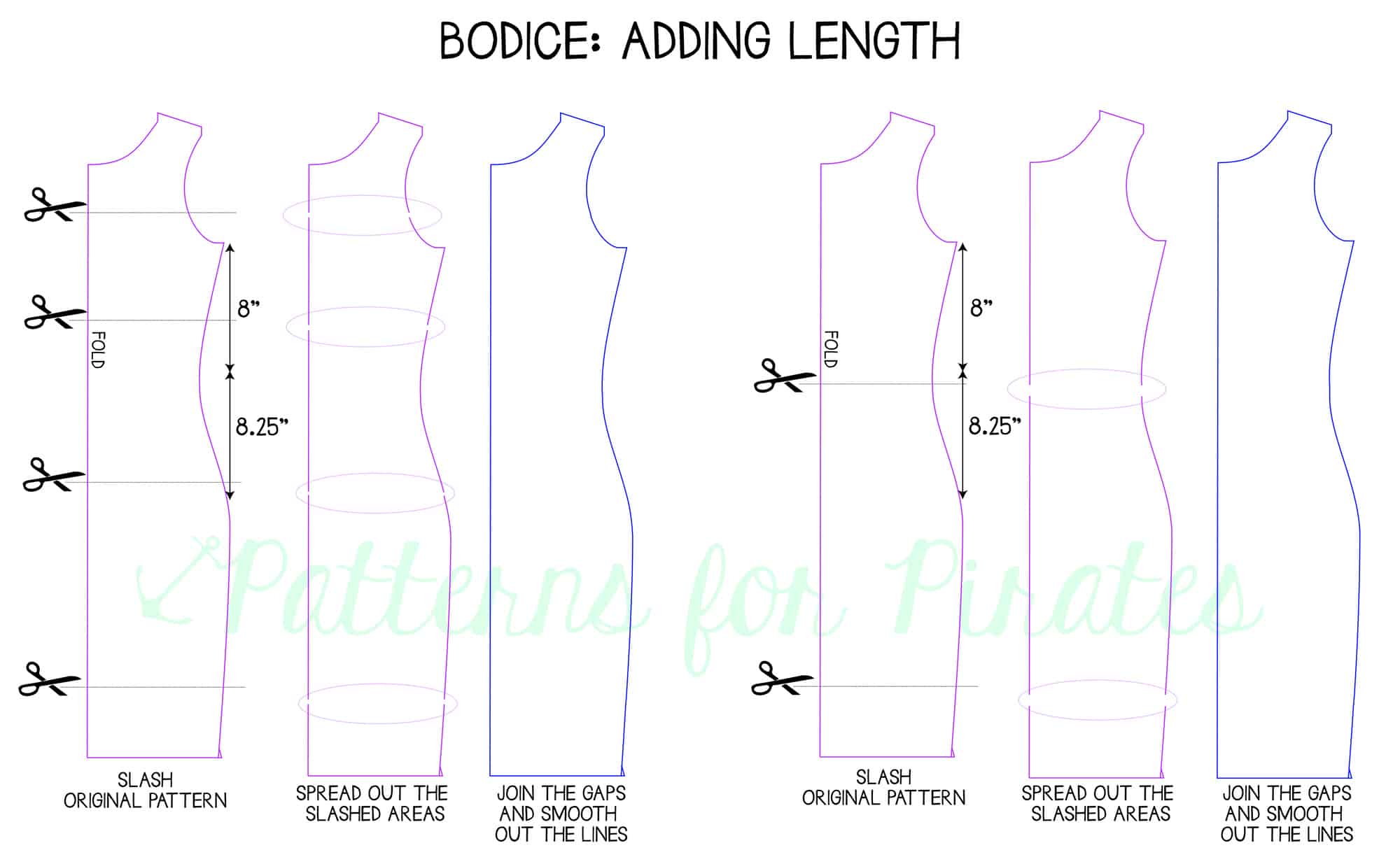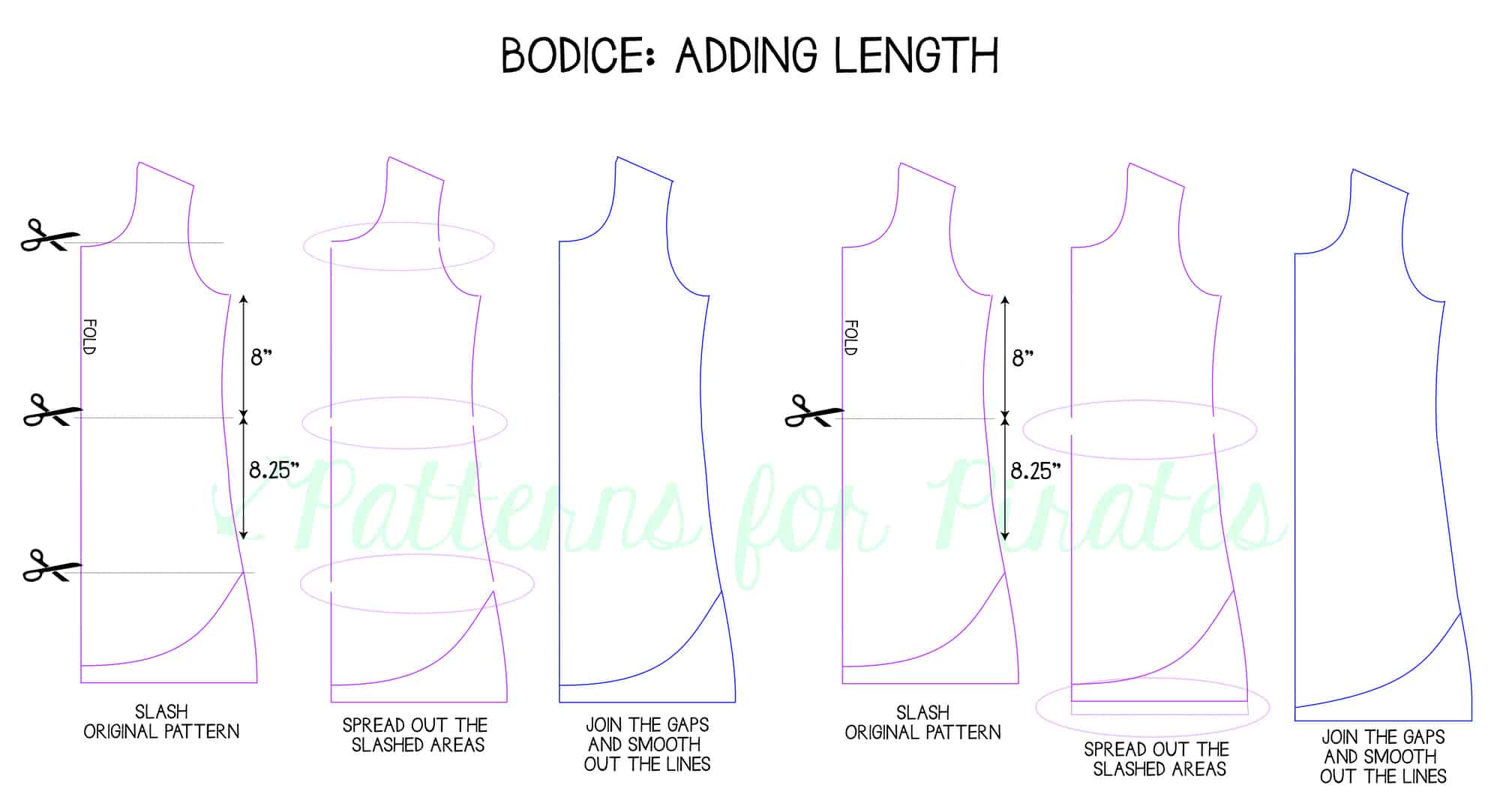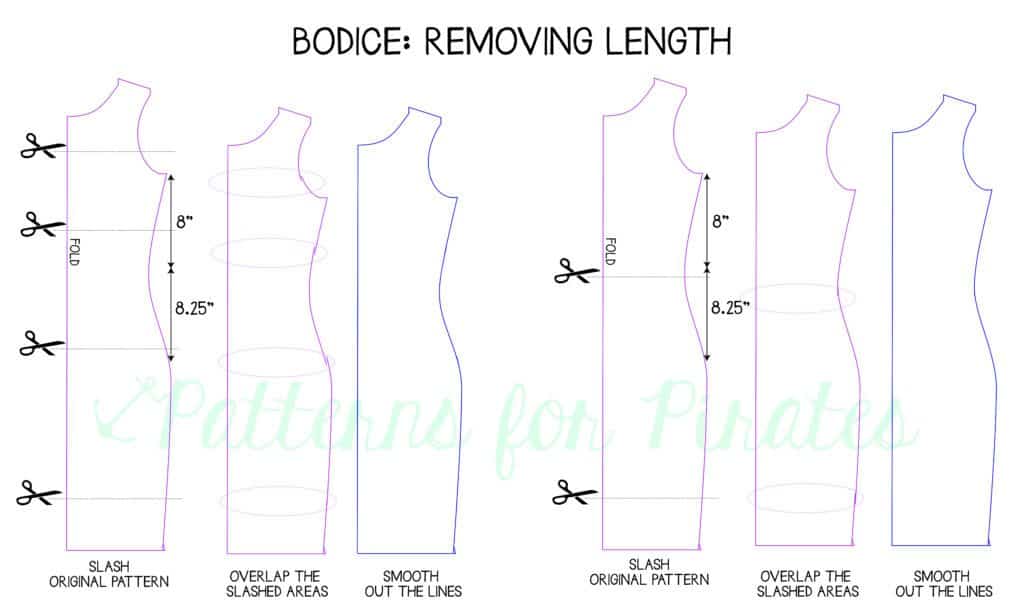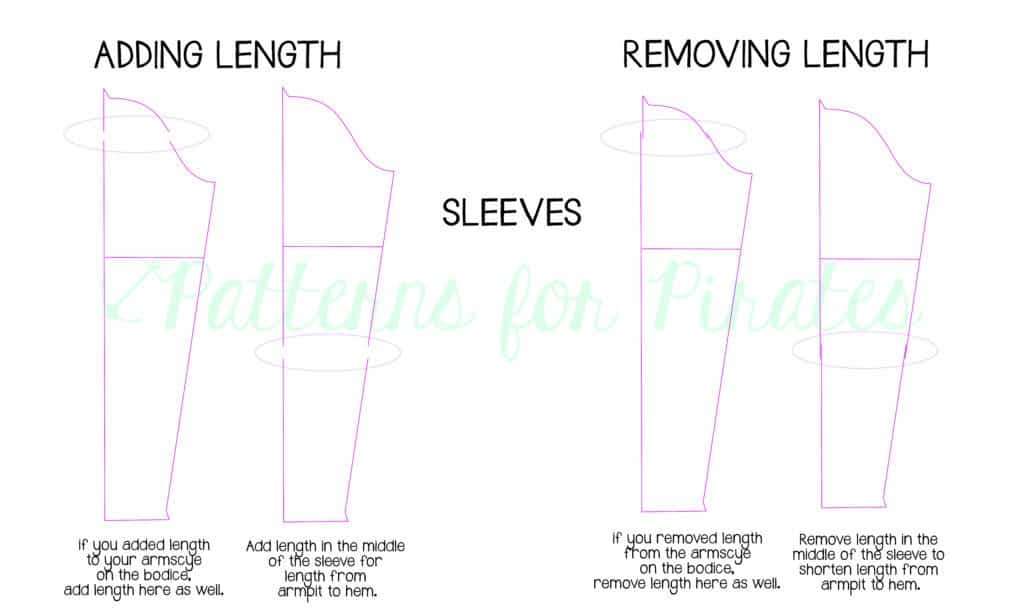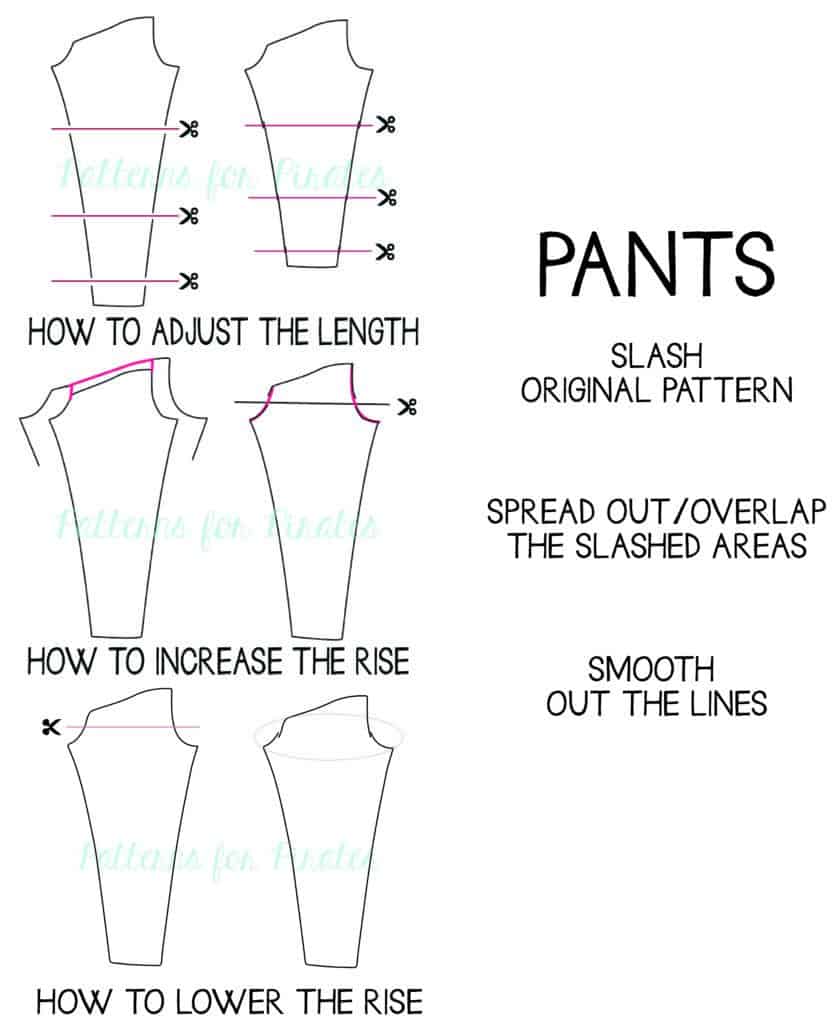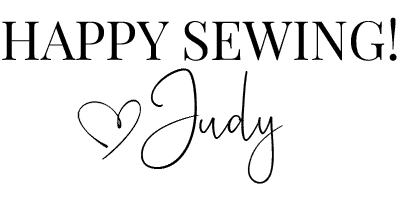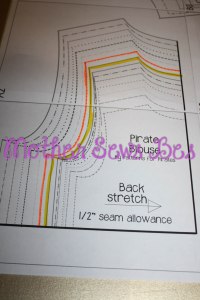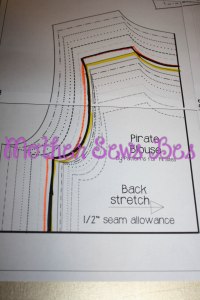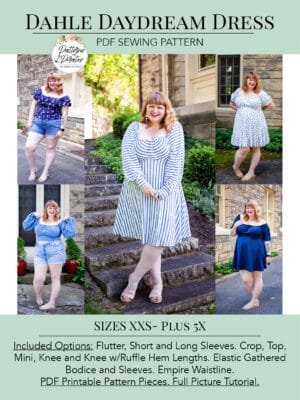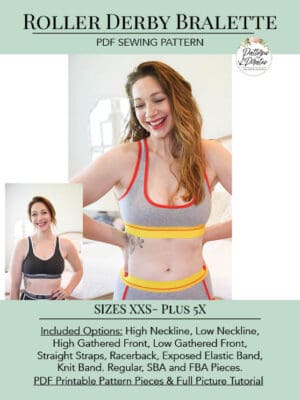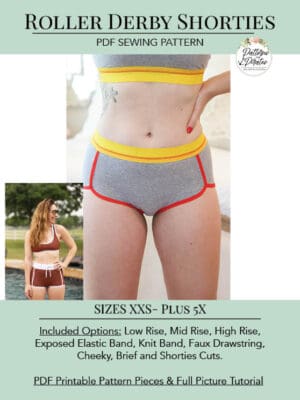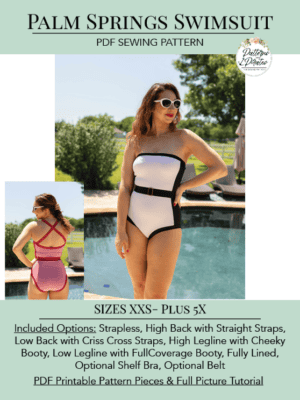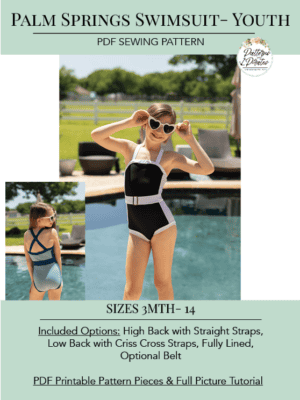We get a lot of questions about fitting, wrinkles and pull lines and how to fix those when sewing for different body types. Pants seem to cause a lot of anxiety for some sewists when it comes to the crotch area and the lines they can see there, but it isn’t too complicated as it seems.
First, lets talk about wrinkles and pull lines in general. You will never have a garment that will never have any in any position. Meaning a garment is drafted and fitted to look great in one main position (usually standing up straight with feet slightly apart for pants). So, if you’re only getting wrinkles or pull lines when moving a certain way don’t worry! A garment can’t be perfectly drafted and fitted to every movement you’re going to be in. I often see that sewists are worried about this though… “I have wrinkles when I sit” is a very common plea for help… but the truth is you should! You need that extra length when you’re standing and it will wrinkle or bunch when you’re not using that length when sitting.
But, if you’re fitting pants and you’re having wrinkles or pull lines when just standing straight then you’ll want to alter the pattern for a better fit. Lets go over some wrinkles and pull lines and what you would need to do to fix them. I have the issue on the left, followed by how you would alter the pattern in the middle, and to the right what your new pattern piece will look like against the old one (old pattern in pink and new altered in black).
When you have wrinkles this indicates that you have too much fabric somewhere and it is bunching up. Pinching out the excess will show you exactly where the extra fabric is coming from usually and if it is horizontal, vertical, or both that needs to be taken out.
When you have pull lines this indicates that there is not enough fabric somewhere and it is straining. If you’re unsure you can unpick to let the tension out and see if the lines go away. The gap that your seam spreads would be the amount your pattern needs to not strain. You can unpick along the side seam to check for horizontal pulling or along the top waistband for vertical. You might need both as well if you’re getting bias pulling.
The same goes for booty with wrinkling vs pull lines and vertical vs horiztonal. But, I wanted to touch on a common fit issue I see asked about, which is pulling under the bum. This is generally when your booty is a bit lower then the pant is drafted for. Lowering the booty curve will help elevate that straining and pull lines.
Pants aren’t all that scary 🙂 Once you learn the basics you can alter the pattern for your perfect fit easily! Good luck!

